What does recycling become?
Recyclables are a raw material just like oil, gas, coal and wood. They are all used to make new products we buy at the grocery store, at the mall and other retailers.
Your blue cart recyclables are an important part of building a sustainable circular economy that reuses materials.
Learn how your recyclables are included in the manufacturing supply chain and what they become after they get picked up from your house.
How the manufacturing process works
Recycling is part of the manufacturing process. Instead of using raw resources like trees to make a new notebook, you can take an existing item like an old flyer to turn it into a new paper product!
How does a piece of paper get turned into a new item?
- You put your old flyer into the blue cart.
- Your blue cart driver picks up your recyclables and takes them to the recycling sorting facility.
- The flyer and other mixed paper are separated out from the other recyclable materials.
- The flyer and other mixed paper are bundled into large bales and loaded into a transport truck to go to a paper mill processor.
- The paper may get further sorted and is then pulped into reusable paper fibres.
- This paper pulp goes to manufacturers in need of this material to make paper products like bathroom tissues, paper towel and cardboard boxes often right here in Canada.
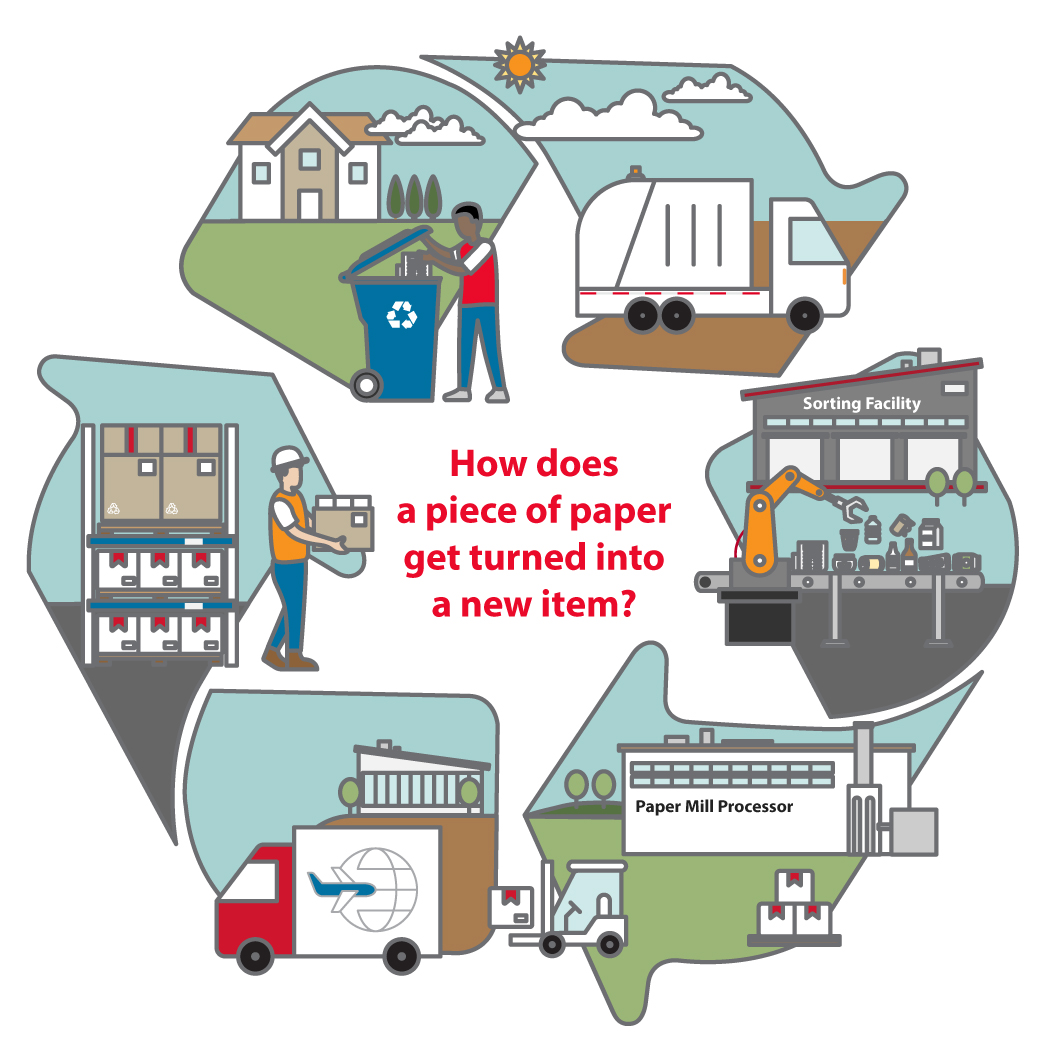
Your role in recycling
Everyone has a role to play in recycling, even if you don’t realize it! See the actions each group has within the overall recycling process.
What do my recycling items become?
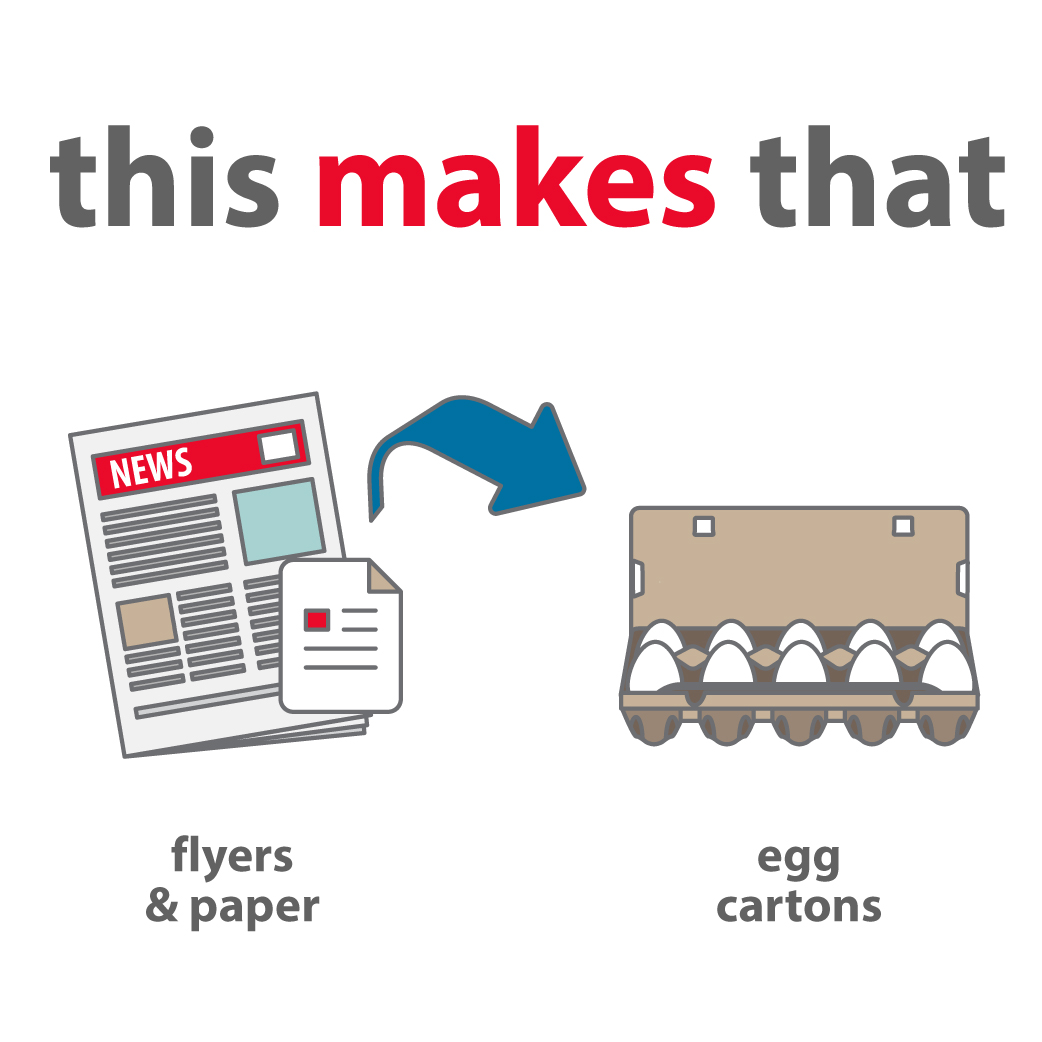
Mixed paper - cardboard and paper
Examples:
Amazon boxes and delivery boxes, junk mail, magazines, envelopes, cereal boxes and newspapers.
What is it recycled into:
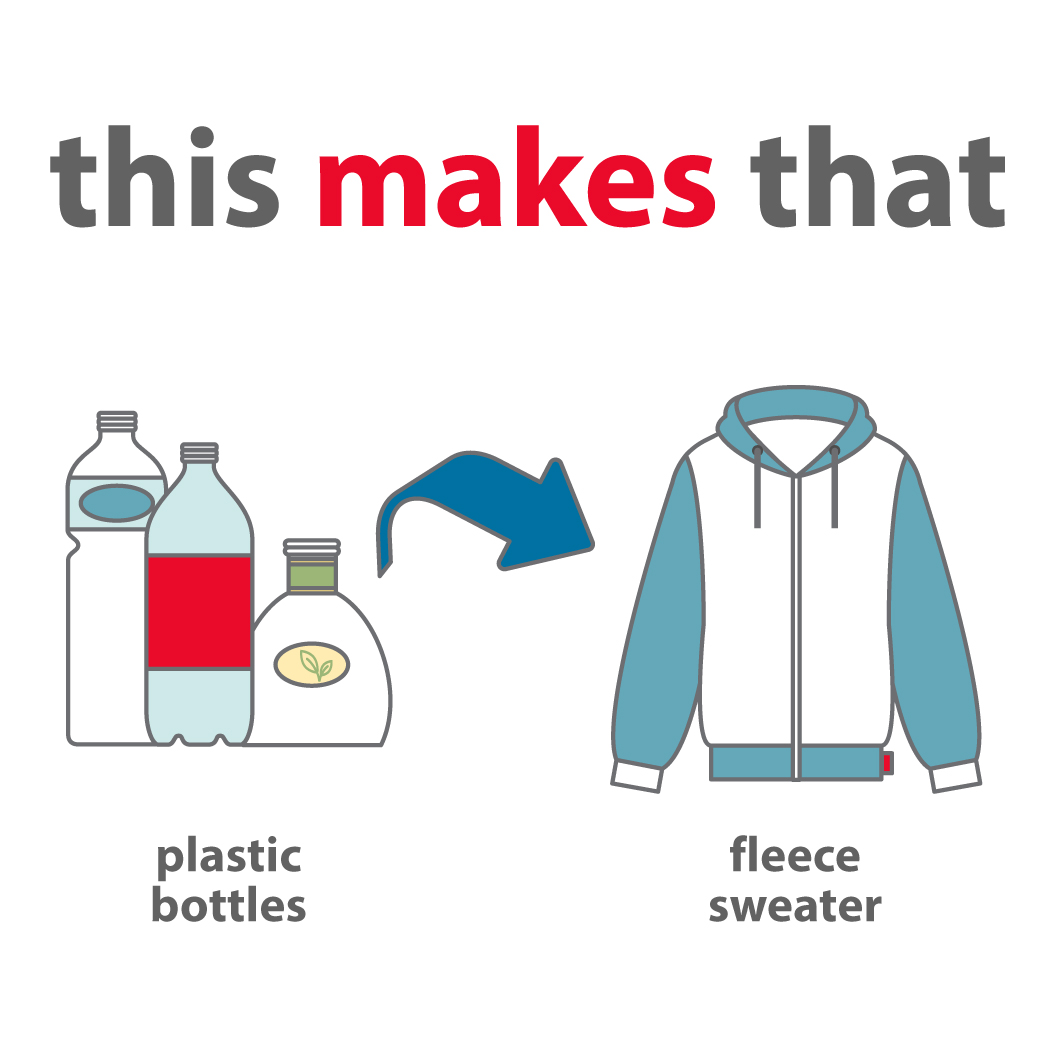
Plastic containers and cups
Examples:
Laundry detergent jugs, peanut butter jars, shampoo bottles, dairy containers (yogurt, sour cream, margerine) and milk jugs.
What is it recycled into:
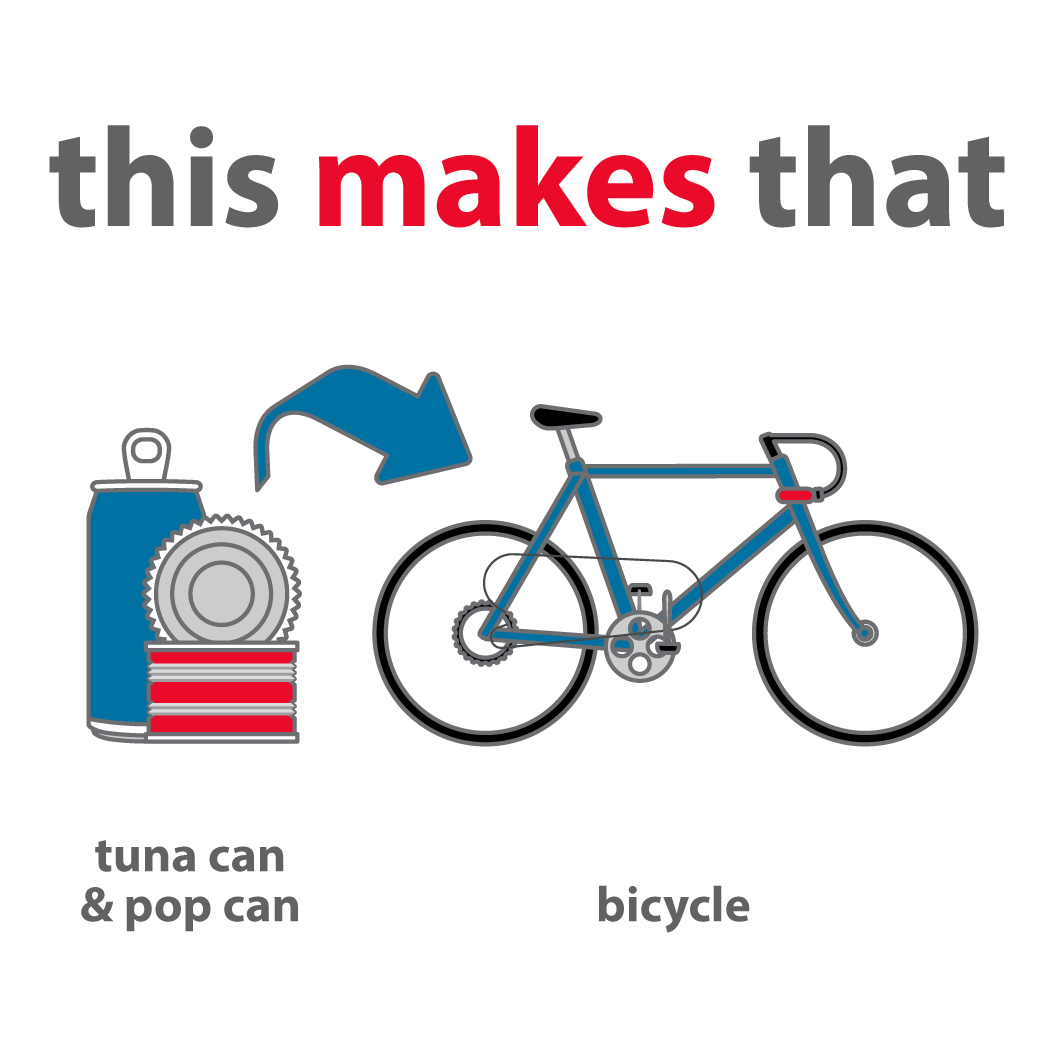
Tin cans and tin foil
Examples:
Tuna cans, tomato paste cans, bean cans, cookie tins and tin foil.
What is it recycled into:
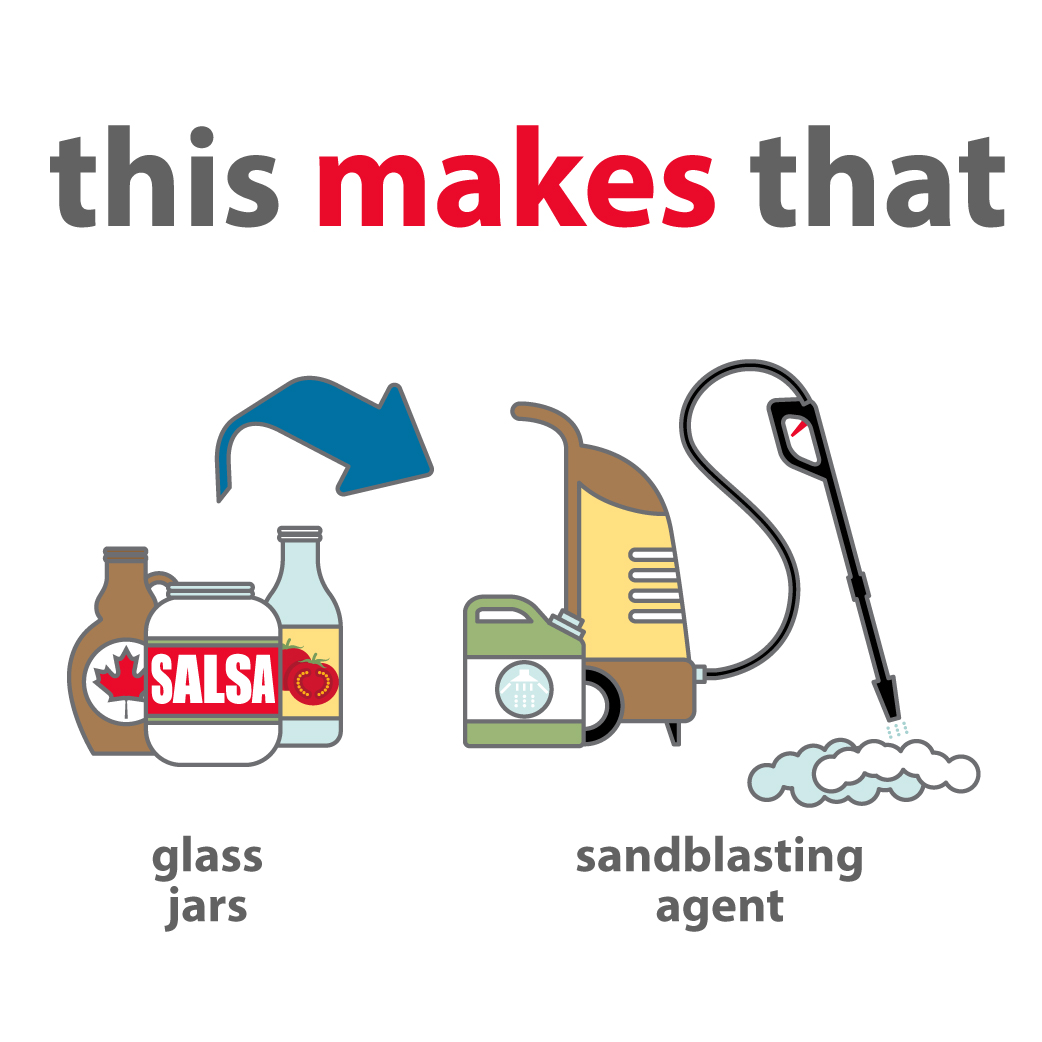
Glass food jars and bottles
Examples:
Baby food jars, jam jars, salsa jars and water bottles.
What is it recycled into:
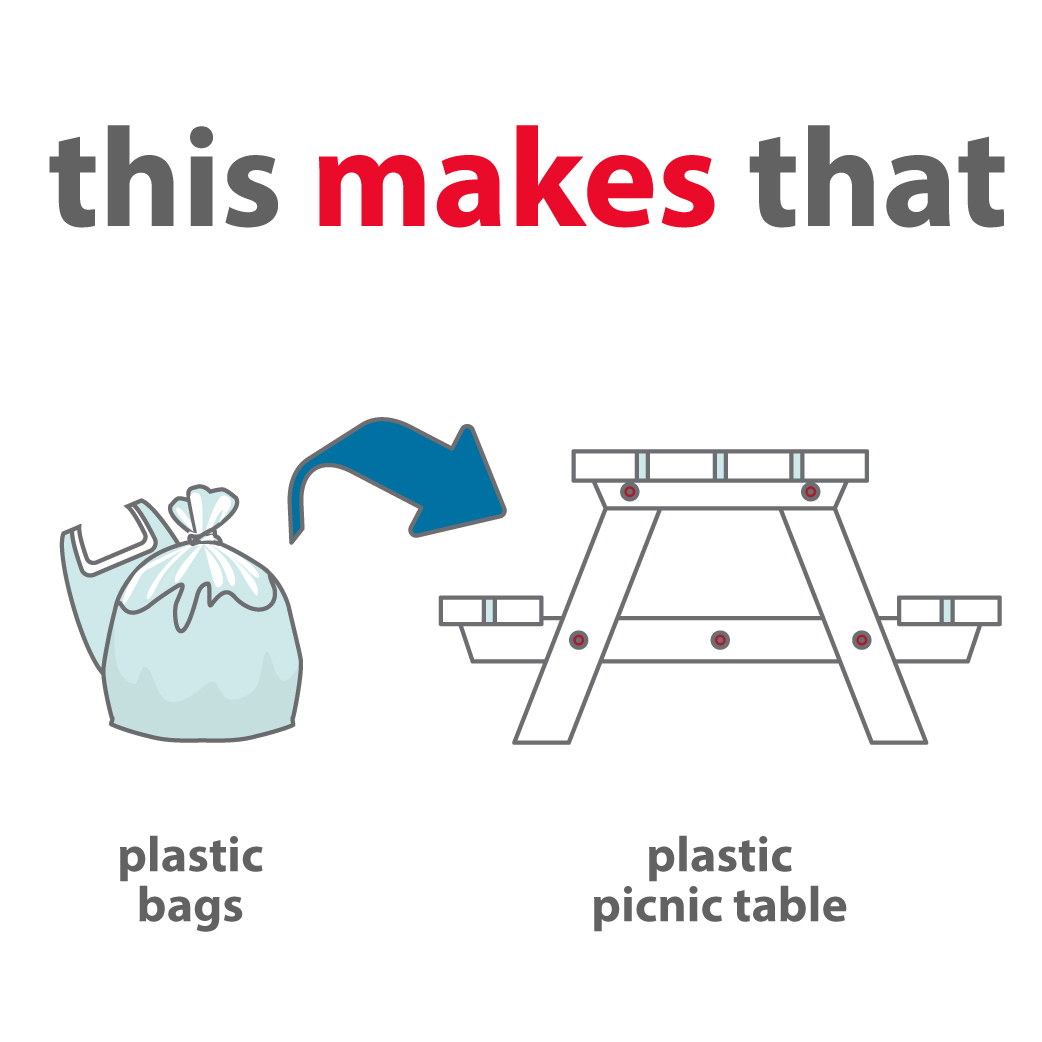
Stretchy plastic bags and film wrap
Examples:
Plastic bags like grocery bags, ziploc bags, bread bags and cling wrap.

